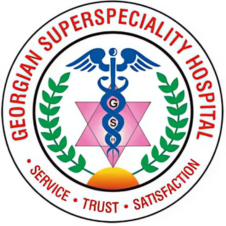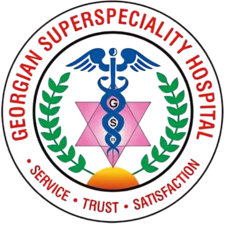Sports Injuries
Sports Injuries
Sports injuries are common among athletes and active individuals of all ages, ranging from minor strains to severe joint or ligament damage. Whether caused by overuse, trauma, or improper technique, timely diagnosis and treatment are crucial for safe and full recovery.
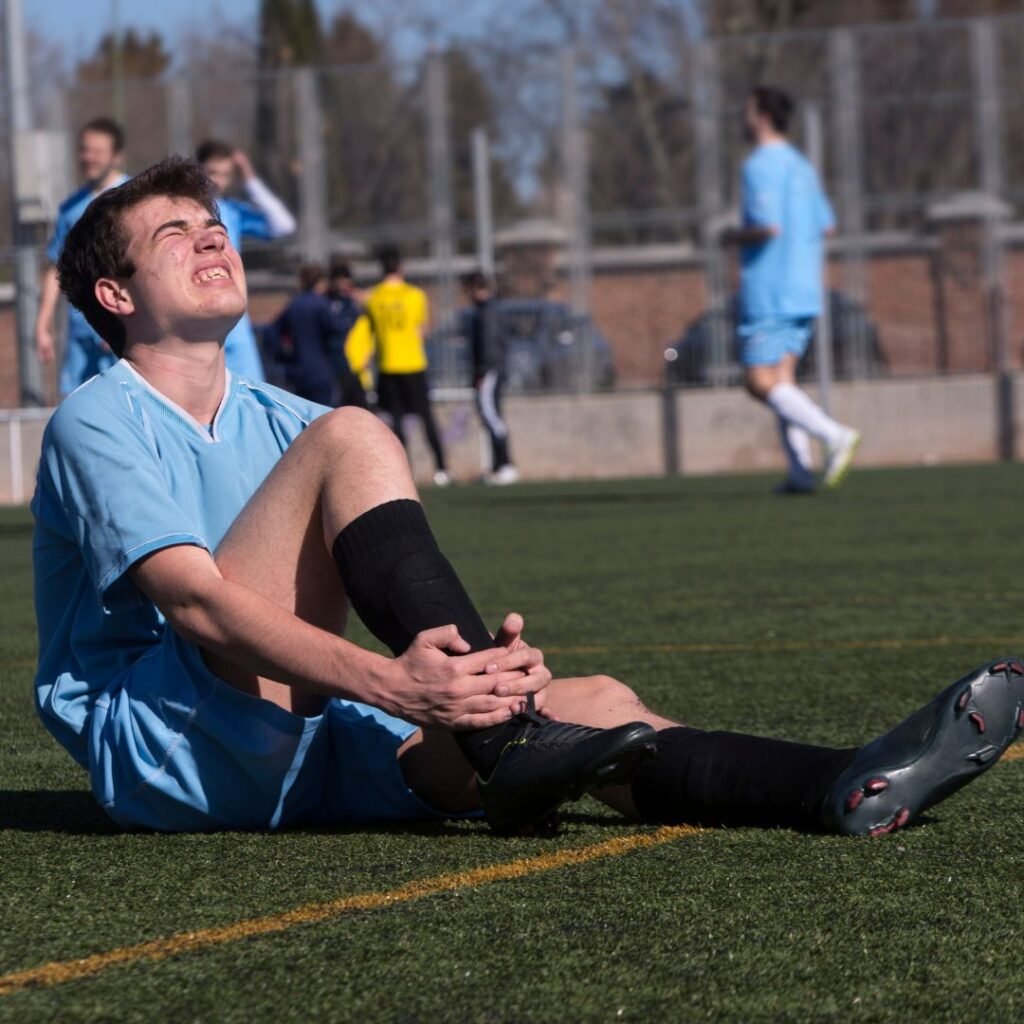
Common Types of Sports Injuries
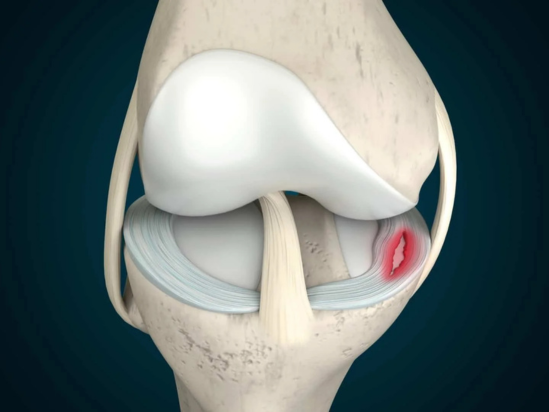
Sprains & Strains
Sprains: Stretching or tearing of ligaments (the tissue connecting bones).
Strains: Injury to muscles or tendons due to overstretching or tearing.
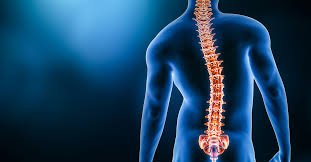
Knee Injuries
Knee Injuries: Includes ACL tears, meniscus injuries, and patellar tendonitis.

Fractures
Knee Injuries: A break in the bone caused by sudden impact or stress.
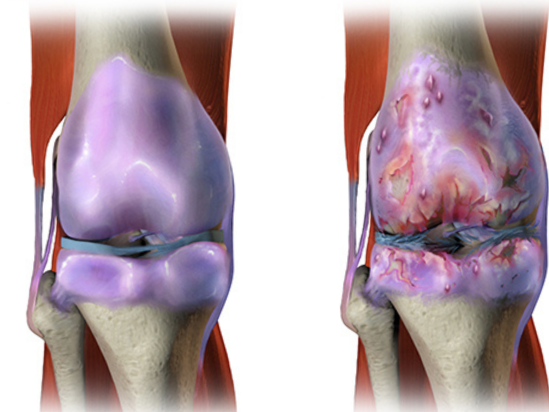
Dislocations
Dislocations: When a bone slips out of its joint..

Tendinitis
Tendinitis: Inflammation of a tendon due to repetitive motion.

Shin Splints
Shin Splints: Overuse of the shin bone and surrounding tissues, often in runners.

Rotator Cuff Injuries
Rotator Cuff Injuries: Tear or inflammation in the shoulder tendons

Back Injuries
Includes: Muscle strains, disc injuries, and stress fractures.
Causes of Sports Injuries
- Overuse: Repetitive motion or strain on muscles, tendons, and ligaments can lead to chronic injuries like tendinitis or stress fractures.
- Acute Trauma: Sudden impacts, falls, or collisions during sports can cause fractures, sprains, or dislocations.
- Improper Technique: Incorrect posture, body mechanics, or movement patterns can put undue stress on joints and soft tissues.
- Inadequate Warm-Up: Skipping warm-up exercises reduces blood flow and flexibility, increasing the risk of injury.
Symptoms of Sports Injuries
- Pain: Sudden sharp or dull, aching pain—either localized or radiating—at the site of injury.
- Swelling: Inflammation or puffiness due to tissue damage and fluid accumulation.
- Bruising: Discoloration resulting from internal bleeding under the skin after impact.
- Restricted Movement: Limited range of motion or stiffness in the affected area.
Treatment Options for Sports Injuries
Timely and appropriate treatment is crucial for optimal recovery and return to physical activity.
Non-Surgical Treatments:
- Rest, Ice, Compression, Elevation (RICE): The initial line of care for most acute sports injuries to reduce pain and swelling.
- Physical Therapy: Tailored rehabilitation programs focusing on restoring strength, flexibility, coordination, and function.
- Medications: pain relievers like acetaminophen or NSAIDs (e.g., ibuprofen) help manage pain and inflammation.
Surgical Treatments:
- Arthroscopic Surgery: A minimally invasive procedure using small incisions and a camera to repair joint injuries such as torn ligaments, meniscus tears, or cartilage damage.
- Ligament Reconstruction: Reconstruction of torn ligaments (e.g., ACL, PCL) using graft tissue—common in athletes for joint stability and function.
- Tendon Repair: Surgical reattachment of torn or ruptured tendons, often required in cases of complete tears (e.g., Achilles tendon, rotator cuff).
Advanced Arthroscopic Techniques
Advancements in arthroscopic surgery have significantly improved the diagnosis and treatment of complex joint conditions, offering minimally invasive solutions with enhanced precision, faster recovery, and reduced post-operative complications.
Involves minimal bone tunneling and smaller incisions.
Offers reduced surgical trauma, less post-operative pain, and faster rehabilitation.
Ideal for patients seeking early return to sports.
Schedule Your Consultation
Take the first step toward lasting relief and restored mobility. Whether you’re dealing with a sports injury, joint pain, or exploring advanced arthroscopic solutions, our expert team is here to help.
